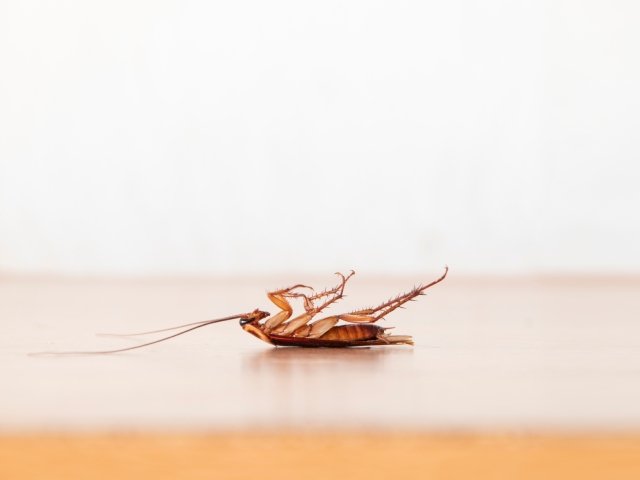Defence Pest Treatment
Pest Control Services
Kill roaches, ants, spiders, and other general pests with a professional pest treatment administered by one of our qualified pest technicians. As a special offer, if you use our sister company, Twinspectors, for a pre-purchase building and pest inspection, you will receive a complimentary cockroach treatment for the inside of your property after settlement. *Conditions apply
- 12 month warranty on pest services
- To be used within 6 months of inspection, on inspected home only and no substitution of services.
HOW IT WORKS – THE PEST CONTROL PROCESS
There’s nothing more unpleasant than sharing your family home with unwanted guests such as bugs, spiders, and other household pests.
That’s why our technicians offer a fast-response Brisbane pest management service – so you can enjoy the benefits of a general pest treatment as soon as possible.
The process is simple, and straightforward. First, you call us or book online. We take the time to explain what’s involved in a pest treatment. We recommend the most appropriate treatment for your property, and explain why we recommend it. Our aim: to give you the information you need to make an informed decision about protecting your home.
Next, our qualified technicians get to work. Using the latest equipment and products, they apply a safe and appropriate pest control treatment to rid your home of uninvited pests. It’s that simple.

For your peace of mind, we also offer a service warranty with every pest treatment. Booking is easy. Simply call us today on 1300 304 725 or click the button to book.
AN INTRODUCTION TO COMMON GENERAL HOUSEHOLD PESTS
- Ants
- Cockroaches
- Silverfish
- Webbing Spiders
- Redback Spiders
- Fleas
- Bees & Wasps
- Bird & Paper Lice
- Mites
- Carpet Beetles
- Case Moths









- Ants
- Cockroaches
- Silverfish
- Webbing Spiders
- Redback Spiders
- Fleas
- Bees & Wasps
- Bird & Paper Lice
- Mites
- Carpet Beetles
- Case Moths











